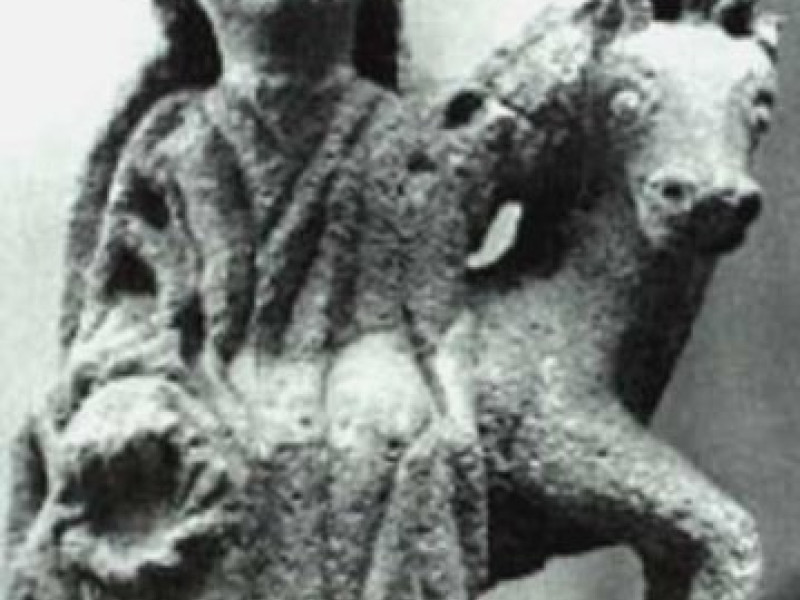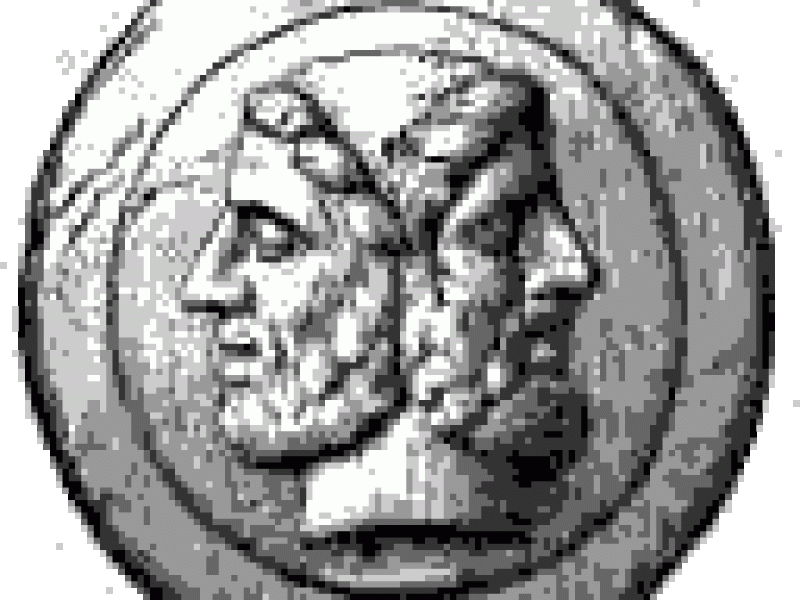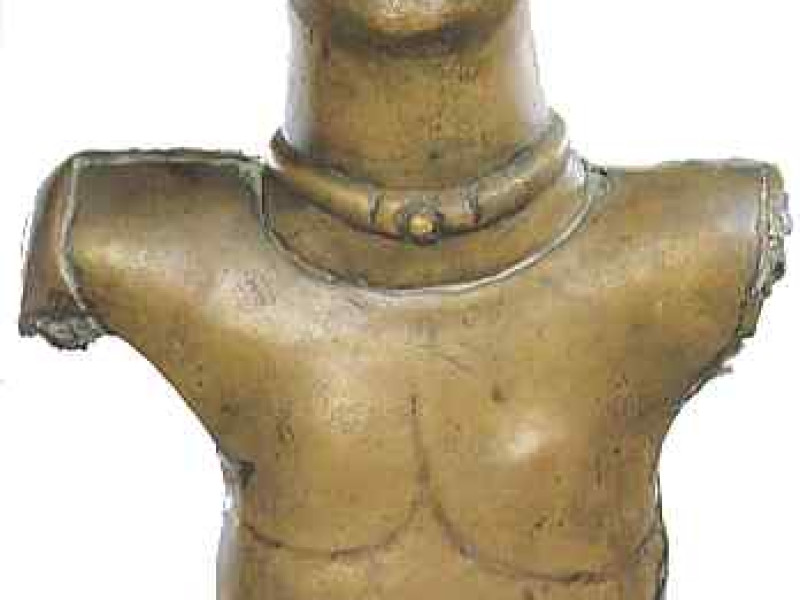Iberian Deities
Like in Gaul and Britain where the Romans adopted Celtic gods and gave them Roman names (see Gallic Deities and British Deities), so did the Romans living in the imperial provinces of Spain (Hispania) adopt Iberian deities. Therefore, these Iberian deities in Spain were more precisely seen as Romano-Iberian deities.
Unfortunately, descriptions of Romano-Iberian deities are scant and only found in inscriptions in certain areas.
The Iberians were most likely the natives of Spain, occupying the whole Iberian Peninsula, which was therefore called Iberia. However, many different peoples had migrated to Spain quite early in the 1st millennium BC, particularly along the south east coasts, including the Greeks and the Phoenicians or Carthaginians.
Some Iberians intermingled with Celts to form new tribes, which the Roman called Celtiberians. Celtic tribes had travelled through the Pyrenees between 8th and 6th centuries BC, occupying large areas of northern and central Spain. Parts of Spain came under Roman rule after the Roman struggle against the Carthaginian armies of the great general Hannibal, in the late 3rd century BC. Through treaties with the Celtiberian tribes, Rome transformed the south-eastern area into the provinces of Hispania Citerior (Nearer Spain) and Hispania Ulterior (Further Spain) in 197 BC; other parts of Spain remained out of Roman control.
However, Celtiberians and other tribes were not happy with the Roman treaties, so they became involved in wars that lasted from the mid-2nd century until the Celtiberians were finally subdued in 133 BC, when the Roman army, under the general Publius Scipio Aemilianus, captured their stronghold at Numantia.
Even then, the Roman armies faced constant raids from various Spanish tribes. The Roman general Quintus Sertorius, who was disenchanted by Rome, became the champion of Spanish rebellion against Rome for eight years, until he was treacherously murdered in 72 BC by his lieutenant, Perperna. Even today, Sertorius is seen as a great Spanish hero who dared to challenge the might of the Roman Senate and their armies.
But the whole Iberian Peninsula didn't come under full Roman control until the reign of Augustus in 19 BC. Hispania Citerior became Tarraconensis, while Ulterior Hispania was divided into two provinces (c. 16 BC) – Lusitania (Portugal) and Baetica.
Popular Celtic gods that were worshipped in Gaul and Britain, were also worshipped in the Spanish provinces, such as Lugus, Epona and Matres.

Related Pages
By Jimmy Joe






